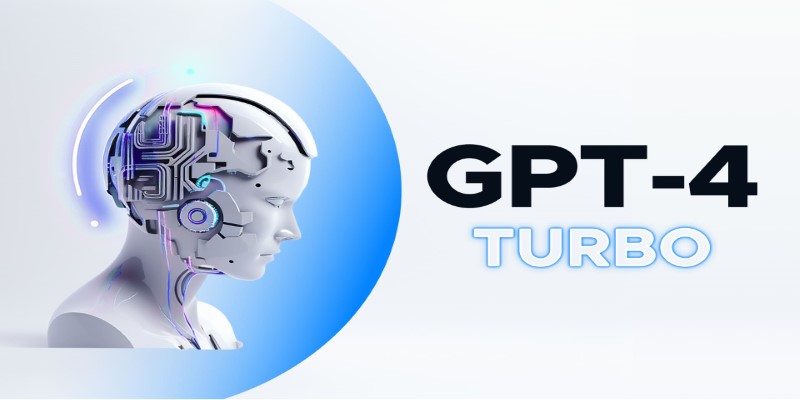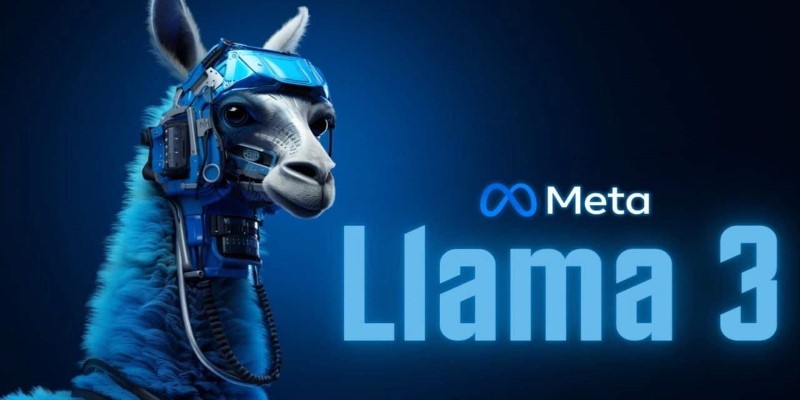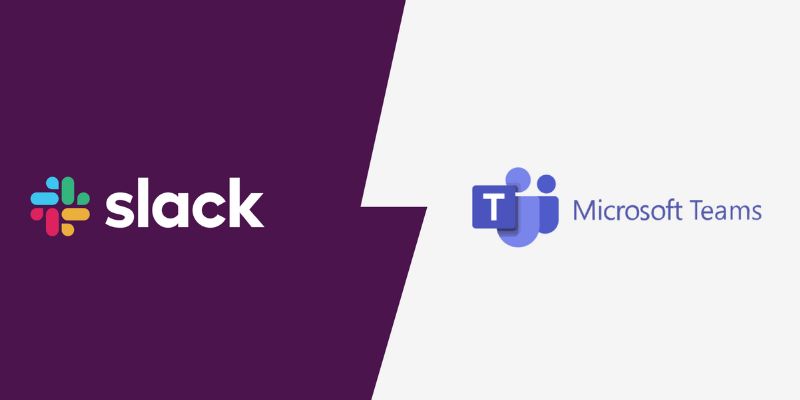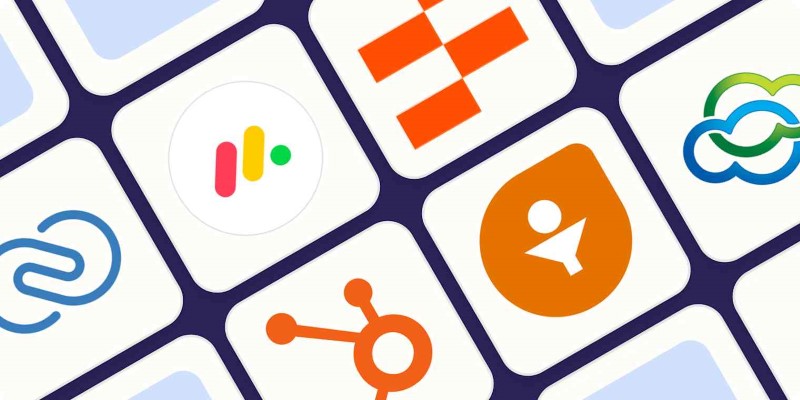The Best Large Language Models in 2025 That Are Changing How We Work
Advertisement
When people talk about AI in 2025, it’s almost impossible not to bring up large language models. Whether you're a student trying to summarize research papers or a business owner needing emails written, LLMs are everywhere. They're doing the heavy lifting behind the scenes — chatting, coding, analyzing data, and even helping with customer service. But with so many models on the market now, picking the right one isn't as easy as it used to be. The good news? There’s something for every kind of user.
The Best Large Language Models (LLMs) in 2025
GPT-4 Turbo by OpenAI

Still one of the most used models, the GPT-4 Turbo has found its way into classrooms, offices, and even creative studios. The main reason? It's smart, fast, and surprisingly good at keeping track of long conversations. People love it for writing, coding help, and brainstorming. And with regular updates from OpenAI, it just keeps getting better. Plus, it powers ChatGPT, which now includes tools like memory and file handling if you're using the paid version.
Claude 3 by Anthropic
Claude 3 surprised a lot of people this year. It’s known for sounding more natural, even when explaining complex stuff. If you’re someone who cares about thoughtful replies or subtle tone shifts, Claude handles that really well. It's especially good at summarizing long texts without losing key points. Many people also say Claude feels more "human" in conversations, which makes it easier to trust for writing tasks.
Gemini 1.5 by Google
Gemini is doing well in areas where others sometimes fall short. The 1.5 version can manage long documents, technical questions, and detailed projects with ease. It's the model people often go for when they need both logic and accuracy. Developers like it for that reason, but it’s also used a lot in education and research tools. Google has tied it into their Workspace apps, too, so it's helping folks write emails, build slides, and check sheets — all in one place.
Mistral Medium
Smaller companies or solo workers sometimes need something less expensive that still gets the job done. That’s where Mistral comes in. The Medium version hits a good balance between speed and cost. It won’t replace GPT-4 or Claude if you're doing high-level content work, but for simpler tasks — like customer support replies or quick content drafts — it works just fine.
Mixtral 8x7B
This one is different. Mixtral mixes multiple models behind the scenes and picks the right one for your request. That makes it faster without needing a lot of computing power. It's also open-source, which appeals to developers and startups who want more control. It doesn’t always beat the top-tier models in quality, but it's efficient and flexible — two things people really value right now.
LLaMA 3 by Meta

Meta’s LLaMA 3 isn’t as flashy as others, but it has a loyal base, especially among developers. It’s open-source, which means it’s used in custom apps, internal tools, and personal projects. It performs well across languages and can be fine-tuned if needed. That’s a big deal for people who want to build AI tools without starting from scratch.
Command R by Cohere
If your work includes digging through PDFs, databases, or spreadsheets, Command R stands out. It's built with retrieval-augmented generation (RAG) in mind — which basically means it finds facts before replying. So, if you're using it for research, reports, or technical support, you'll get answers that aren’t just smooth but also accurate. In 2025, that’s becoming a big deal as people rely more on LLMs for real work.
Perplexity AI’s Custom Model
Perplexity AI has built a name for itself with a different approach. Their model blends LLM answers with live web results. So, when you ask a question, you don’t just get a generated reply — you also get sources. This is great for people who don’t want to double-check everything later. If your work depends on facts, numbers, or the latest info, this model makes your life easier.
- xAI’s Grok
Grok is Elon Musk’s entry into the race. It’s still catching up to the top players, but it’s improving fast. It’s tied into X (formerly Twitter), so users on that platform can access it directly. It’s best for casual use or light content tasks, not heavy technical work yet. Still, if all you need is quick replies, jokes, or simple writing, it does the job — and keeps growing in features.
Writer’s Palmyra
Not everyone needs a full-on generalist model. Some people want an AI just for content writing, and Palmyra fits that need. Built by Writer, it’s tuned for writing blogs, emails, ads, and website copy. What makes it different is how well it adapts to your brand voice. You can feed it your style and tone, and it’ll stick with it. For teams that want consistent content without having to rewrite everything, this is a solid choice.
ChatGLM3 by Zhipu AI
This one’s rising fast in Asia, especially in education and local apps. ChatGLM3 handles multilingual tasks well, especially in Chinese and English. It's being used in tutoring, translations, and small business tools. If you’re working across regions or want something that understands multiple languages equally well, it’s worth a look.
DeepSeek
DeepSeek is built mainly for code. If you're a developer working with Python, JavaScript, or even niche languages, this one's helpful. It's open, so it's already part of many coding platforms. The autocomplete and bug-fix features are solid, and they also explain code clearly, which is useful for both pros and learners.
Final Thoughts
2025 isn’t the year of just one “best” LLM. It’s more about choosing the one that fits your work style. Some people need accuracy, others care more about tone, and a lot of folks just want something fast and affordable. Whether you’re looking to write smarter, code faster, or just have a tool that keeps your day moving, there’s something out there that fits. All it takes is a bit of testing — and knowing what you want from your AI.
Advertisement
Related Articles

The 12 Best Digital Marketing Tools in 2025 to Amplify Your Strategy

Fathom vs. Fireflies: A Comprehensive Comparison of the Best AI Note Takers

Discover the 4 Best Journal Apps in 2025 to Boost Your Writing Routine

How to Easily Upload 4K Videos Recorded on Your Sony PMW

Slack vs. Teams: Which Should Your Business Use for Better Collaboration

The Tool Debate: Browser-Based or Installed

The Best Enterprise Project Management Software in 2025 to Keep Everything on Track

The 6 Best AI App Builders in 2025 for Fast, No-Code Development

The 7 Best Client Management Apps in 2025 for Smoother Workflows and Happier Clients

Webflow vs. Squarespace: Which Website Builder is Best for Your Business

The 12 Best AI Marketing Tools in 2025 to Boost Reach and Cut Workload

 lameuplay
lameuplay